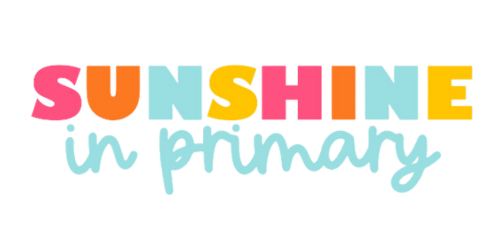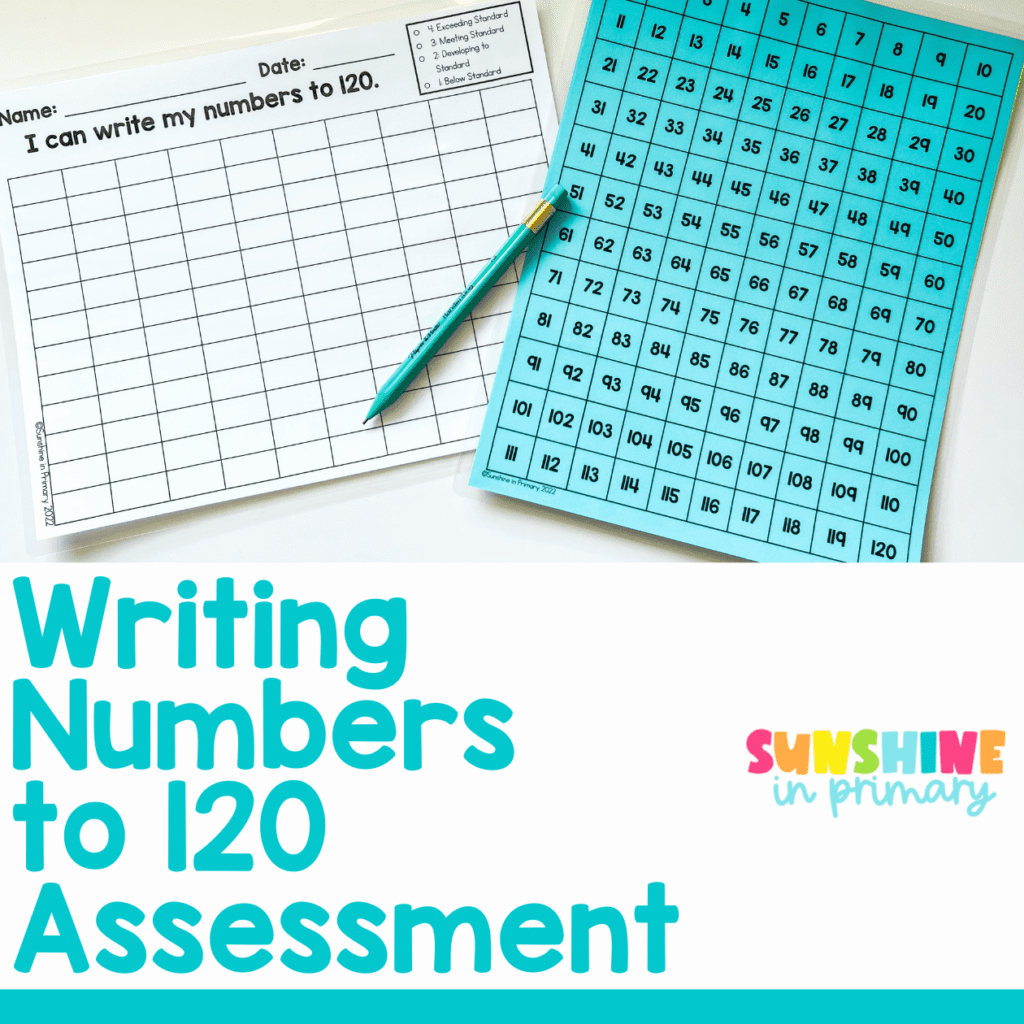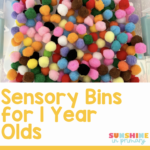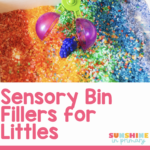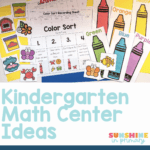If you’ve been teaching first grade for a few years, you know the importance of number writing to 120 in first grade standards! A huge focus all year long is making sure that firsties can write numbers from 0-120 correctly. I have a few games and activities that my students love but something I was missing was a simple and consistent writing numbers to 120 assessment. So, I decided to create my own.
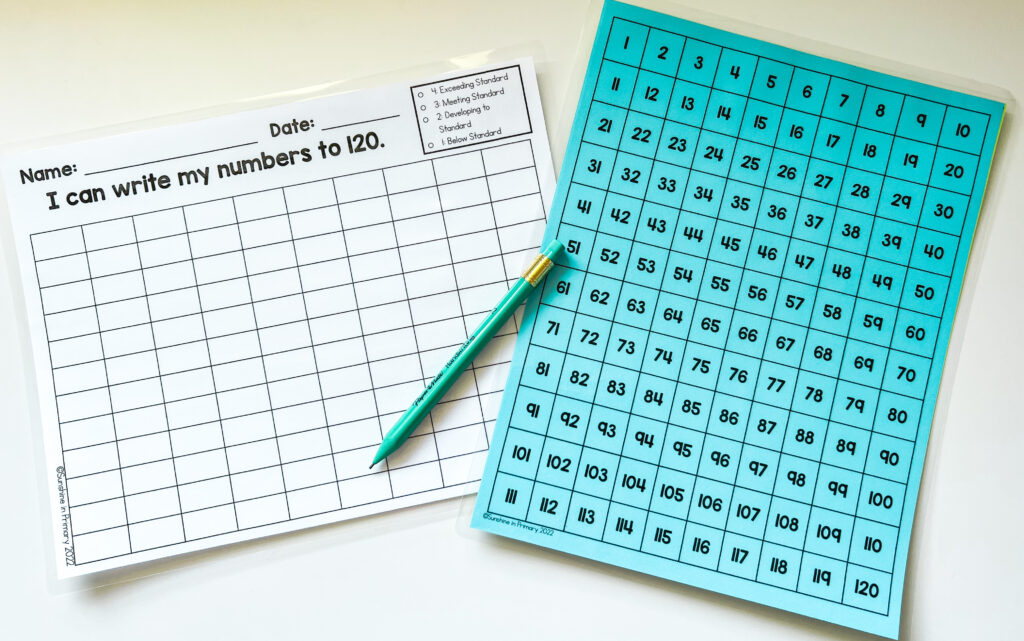
In my district, each quarter students were assessed on how they were progressing towards the big goal of writing to 120. How that looked was each quarter we focused on a chunk of numbers.
- Q1 Numbers to 30
- Q2 Numbers to 60
- Q3 Numbers to 90
- Q4 Numbers to 120
I loved that we broke this down into more manageable chunks but our assessment didn’t do the same. Our assessment each quarter was just a huge grid that students attempted to write as far as they could. I had a few issues with this.
- First graders in August/September trying to write to 120 is like pulling teeth.
- It was completely overwhelming.
- I noticed that it freaked parents out when their student could only write to 20 in September but the grid went to 120. It looked like they failed miserably.
- Just mentioning having to do our number writing assessment sent students into literal tears. If you teach littles, you’ll understand.
In Comes Our Number Writing to 120 Assessment
After seeing these pain points, I knew I needed a different system to assess writing numbers to 120. I decided to create my own assessments that had everything I needed. Each assessment had our standards based grading scale printed on it. One, this was great for grading because I could just check a box. Two, it was great for parents to see how their student was progressing. Three, it was a quick and easy way to track their progress over the quarter and/or year.
Secondly, each assessment is broken down just like our quarterly goals were. Assessment 1 only goes to 30, assessment 2 goes to 60, assessment 3 goes to 90 and then assessment 4 goes to 120. This way students weren’t overwhelmed and parents could see an accurate representation of what we were currently working on. I didn’t have to explain 100+ times anymore that we were only working on numbers to 30 this quarter even though the assessment shows numbers to 120.
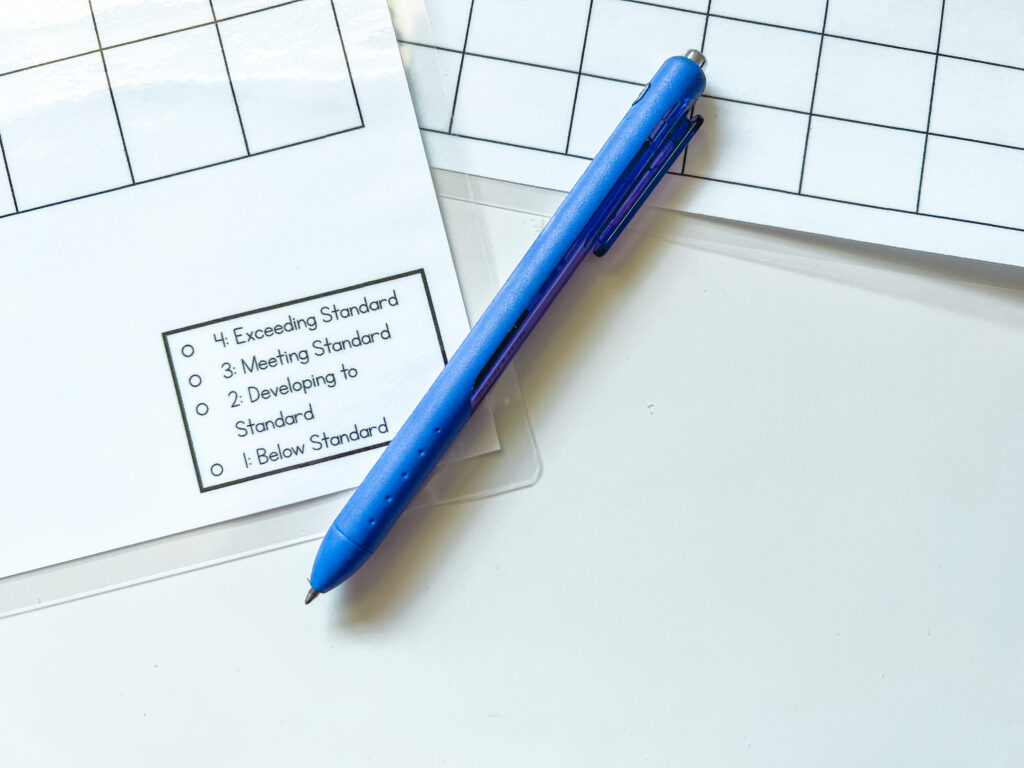
Multiple Purpose Assessments
I love these assessments because they have many purposes in my classroom. First, I always use the exact same assessment to pretest, progress monitor and post test. This makes it super familiar and simple for my students. Second, each and every pretest, progress monitoring checkpoint and posttest goes in their data binder. This allows families & I to quickly check progress throughout the quarters and school year. It also creates a fun memory when completed at the end of the year. It is amazing to see them progress! Third, the most obvious purpose is that I use these to assess how my students are progressing toward the standard for their quarterly grade cards.
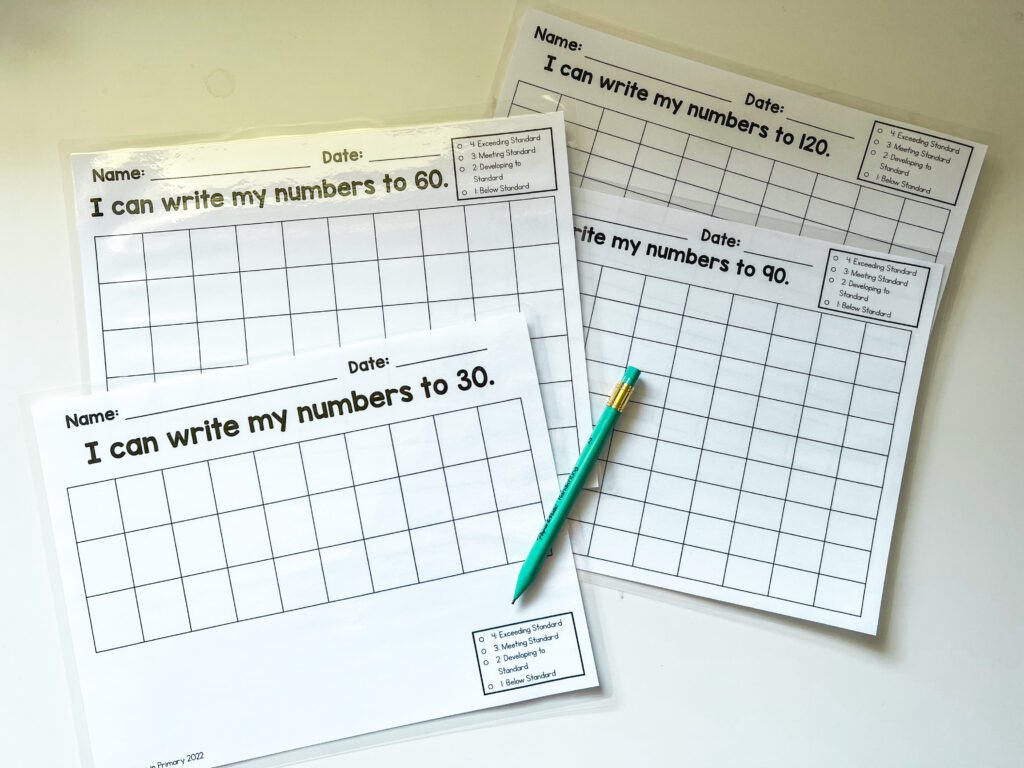
Okay, Ali, Where Do I Find Them?
Not only are these assessments simple, first grade friendly, and easy to grade, they are all you need to assess this standard all year long. Add in some fun numbers to 120 activities and you are set. You can check out the writing numbers to 120 assessments here.
If you love these, you may also want to check out this blog post about Standards Based Grading, as it discusses these simple but effective first grade unit assessments.

